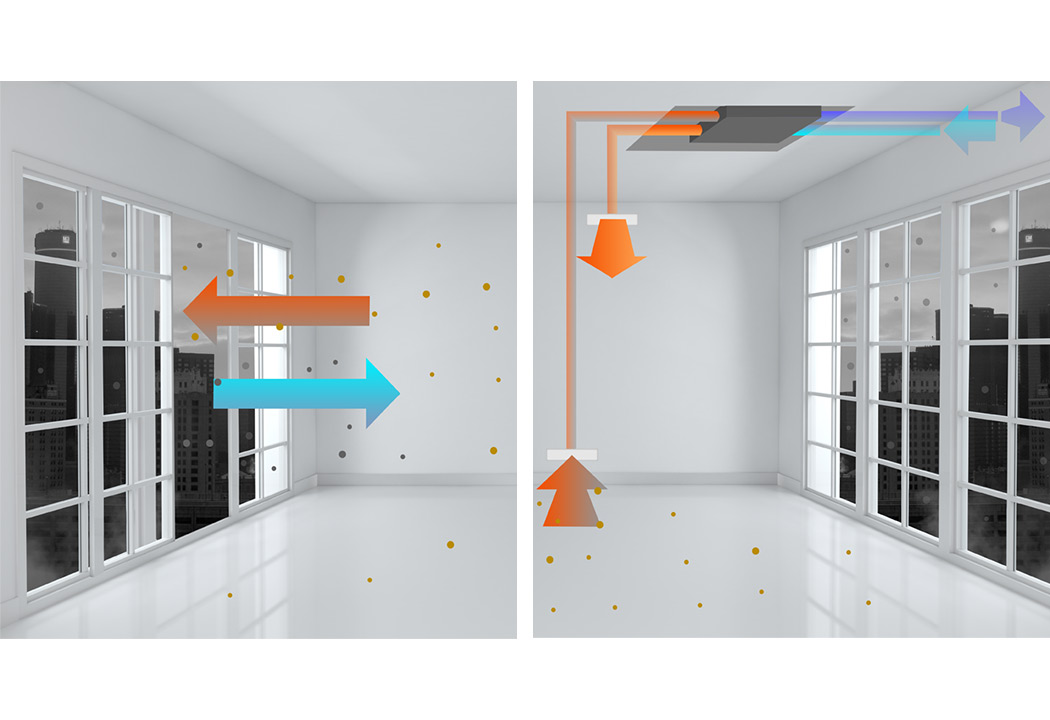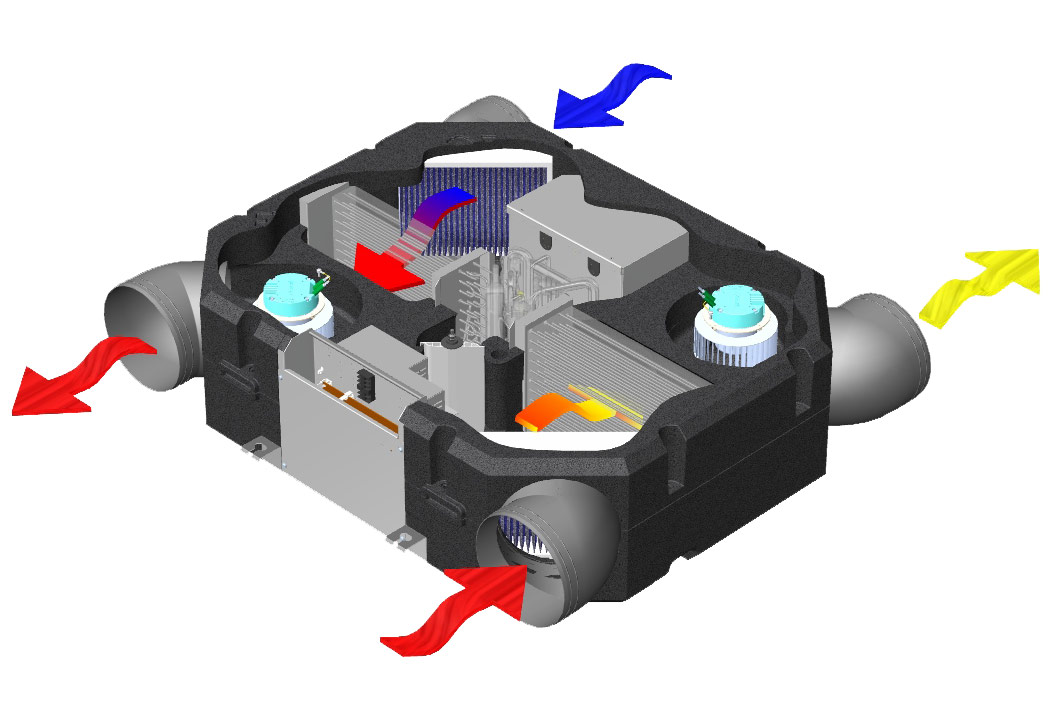In a previous article, we talked about indoor pollution and the fact that, contrary to popular belief, indoor environments can be even more polluted than outdoor ones. This was confirmed, for instance, by a study conducted by the Royal College of Paediatrics and Child Health and the Royal College of Physicians, which showed that the former can be 5 to 13 times more polluted than the latter.
But is there a link between the air we breathe at home or at work and the air that enters our lungs as we walk down the road? According to a recent survey carried out by the Institute of Atmospheric Physics of the Chinese Academy of Sciences, it would seem so. For a whole month, the concentration of PM2.5 in the air was monitored inside an office and in the immediate vicinity outside. During the analysis, the windows were opened and closed several times in order to better understand the mechanism of indoor/outdoor air exchange. The result? Most of the aerosol particles found indoors came from outdoors.
So this study dispels the myth that periodically opening the windows is beneficial, regardless of the type of room and outdoor air conditions. Should the quality be poor, this would only intensify people’s exposure to PM2.5 and other dangerous particles, which are known to have a much higher outdoor concentration.

 United Arab Emirates
United Arab Emirates  +971 (0) 4501 5840
+971 (0) 4501 5840  info@clivet.ae
info@clivet.ae  France
France  Germany
Germany  +49 40 325957-190
+49 40 325957-190  United Kingdom
United Kingdom  India
India  Russia
Russia  South East Europe
South East Europe 






